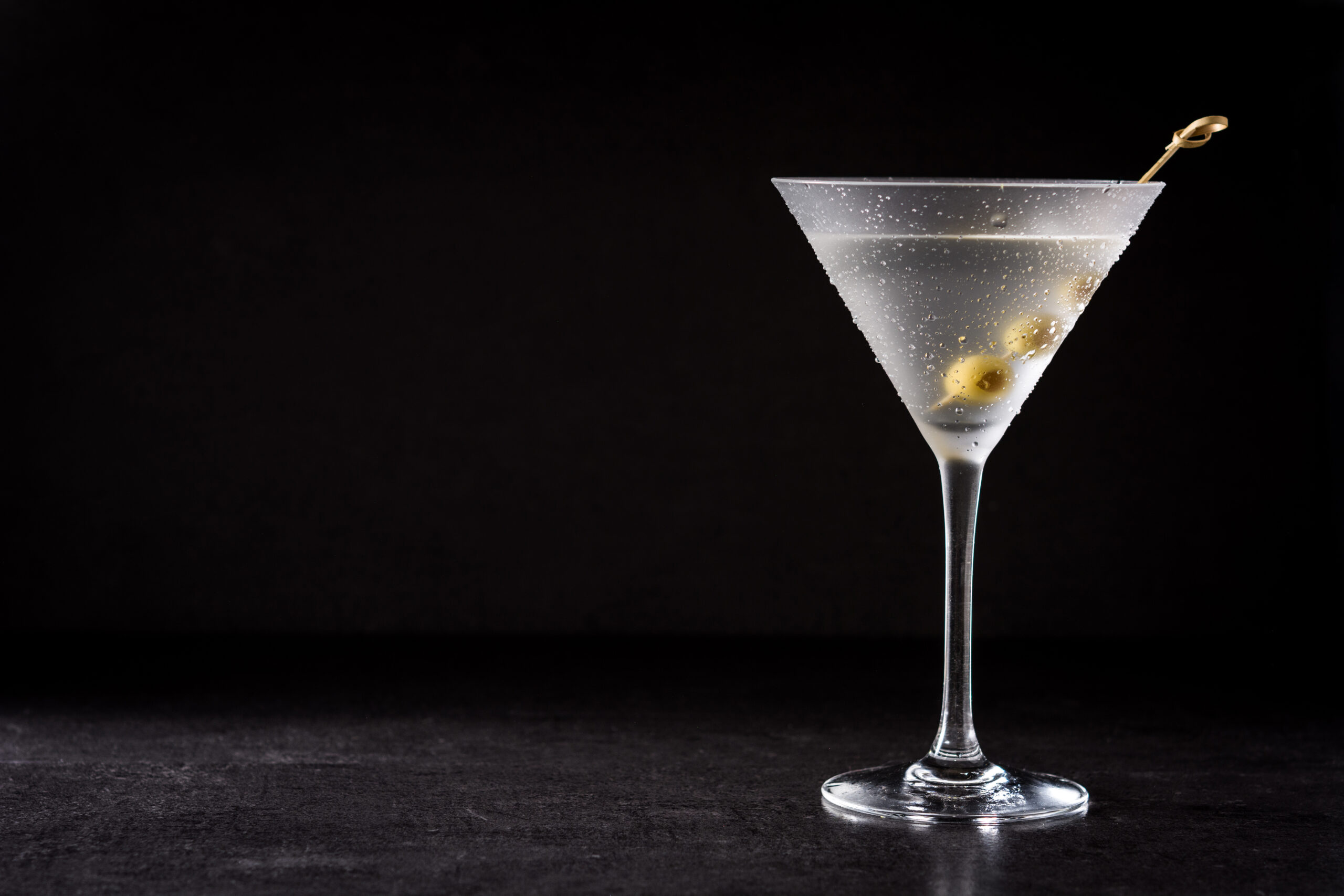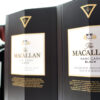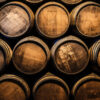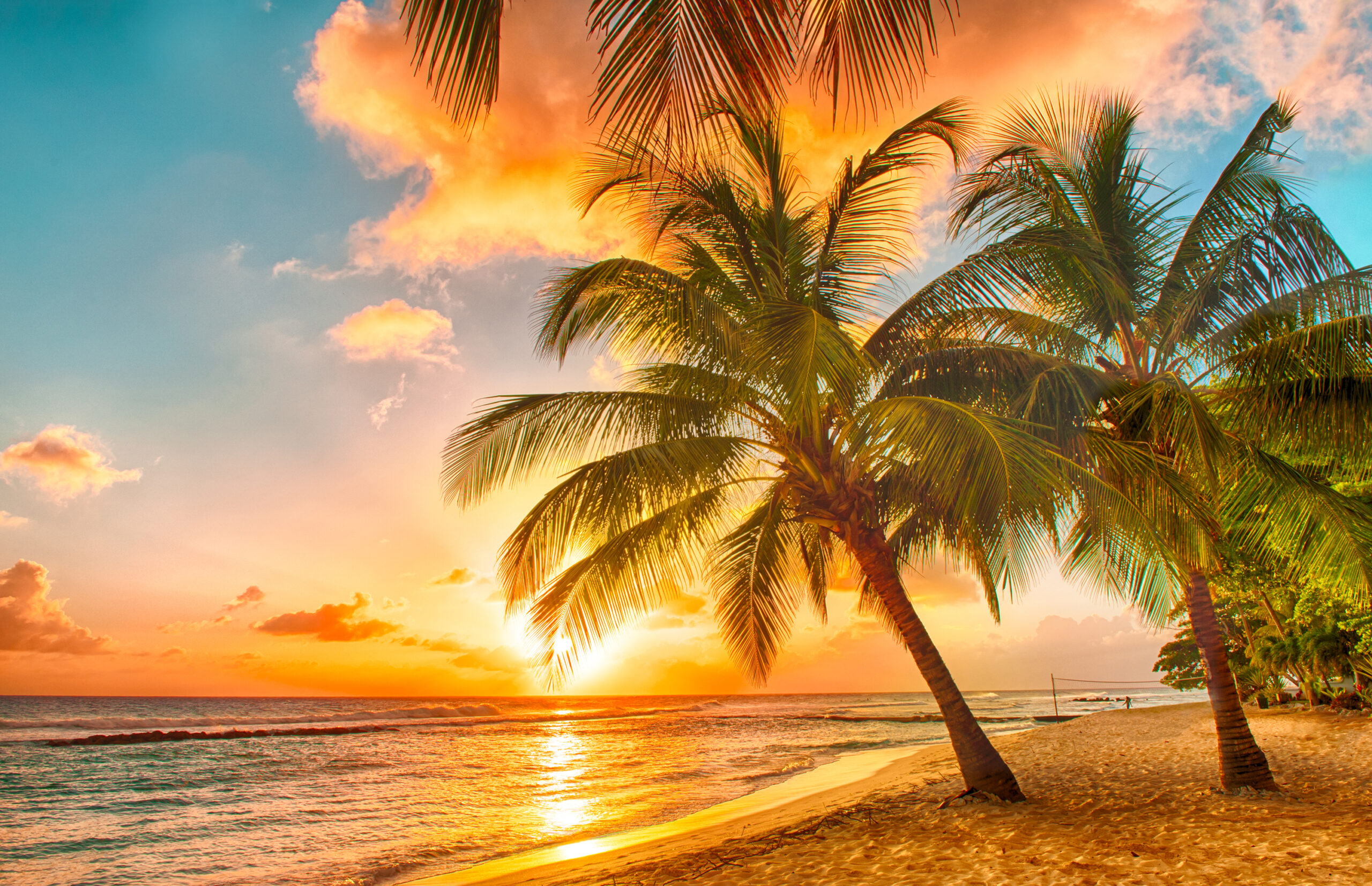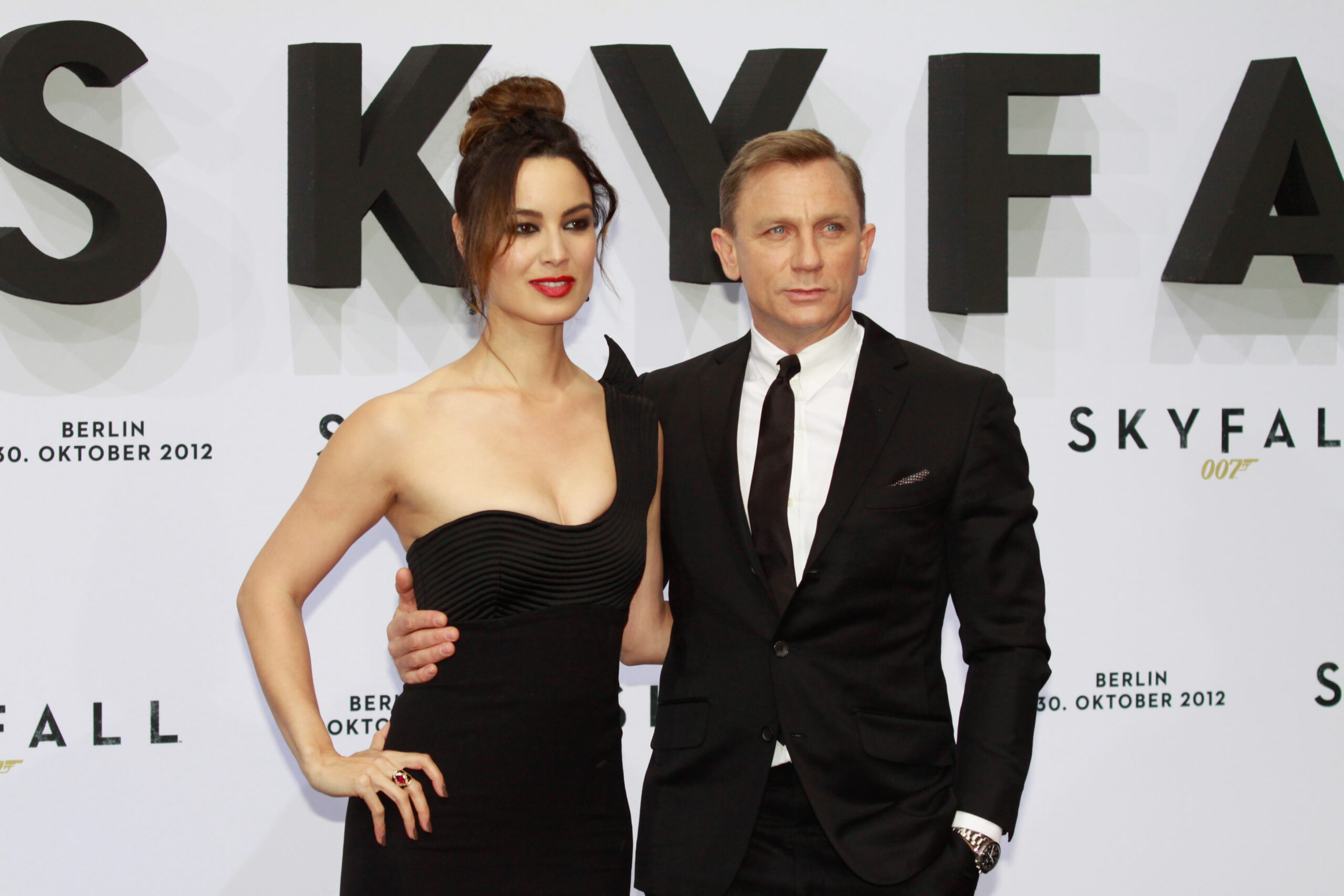A History of Cocktails: From Tavern to Trend
The cocktail, a harmonious blend of spirits, sweeteners, and bitters, has evolved from a simple concoction to a sophisticated art form. Its history is as intoxicating as the drinks themselves, intertwined with social, cultural, and economic shifts.
The Early Days: Punch and Beyond
While the term “cocktail” is relatively recent, the art of mixing drinks is as old as civilization. Ancient civilizations experimented with fermented beverages, honey, and herbs to create stimulating concoctions. However, the cocktail’s direct ancestor is often considered the punch. Originating in India, punch was a potent mixture of spirits, water, sugar, citrus, and spices, typically served in a large bowl. It was a popular drink in 17th and 18th century Europe, and its influence is evident in many classic cocktails.
In America, taverns became the epicenter of cocktail culture. These establishments served a variety of warm, sweet drinks, often fortified with spirits. The flip, a mixture of beer, sugar, rum, egg, and spices, was a popular choice. These early drinks were more akin to desserts than modern cocktails, reflecting the palate of the time.
The Birth of the Cocktail
The term “cocktail” first appeared in print in the early 19th century. Its exact origin remains a subject of debate, but it is believed to have referred to a type of horse or a mixed-up drink. By the 1800s, the cocktail had evolved into a distinct category, typically composed of spirits, sugar, water, and bitters. This basic formula laid the foundation for countless variations.
The 19th century also saw the rise of the professional bartender. Figures like Jerry Thomas, author of “How to Mix Drinks; or, The Bon Vivant’s Companion,” codified cocktail recipes and techniques, elevating the craft to new heights. This era produced iconic cocktails such as the Martini, the Manhattan, and the Old Fashioned, which remain staples of today’s cocktail menus.
Prohibition and the Cocktail Renaissance
The Prohibition era in the United States, from 1920 to 1933, had a profound impact on the cocktail culture. With legal alcohol production and consumption banned, speakeasies emerged as underground havens for those seeking a tipple. These illicit establishments fostered creativity and experimentation, as bartenders developed complex and often flamboyant cocktails to disguise the inferior quality of bootlegged liquor.
The repeal of Prohibition led to a cocktail renaissance. Iconic bars like New York’s Stork Club and El Morocco became synonymous with glamour and sophistication. The cocktail regained its status as a symbol of refined taste and social interaction. However, the rise of television and suburban living in the mid-20th century led to a decline in cocktail culture. Pre-mixed cocktails and sugary drinks gained popularity, while classic cocktails fell out of fashion.
The Modern Cocktail Revival
In recent decades, there has been a resurgence of interest in classic cocktails. A new generation of bartenders, armed with a deep knowledge of cocktail history, has embraced the craft of mixology. They have rediscovered forgotten ingredients, refined techniques, and elevated the cocktail to new heights. The farm-to-glass movement has also influenced cocktail culture, with bartenders using fresh, seasonal ingredients to create innovative and flavorful drinks.
Today, the cocktail scene is more vibrant and diverse than ever before. From classic bars to experimental cocktail lounges, there is something to suit every taste. The cocktail has evolved from a simple drink to a complex and sophisticated beverage, reflecting the changing tastes and preferences of society. Its history is a testament to the enduring appeal of human creativity and the pursuit of pleasure.
